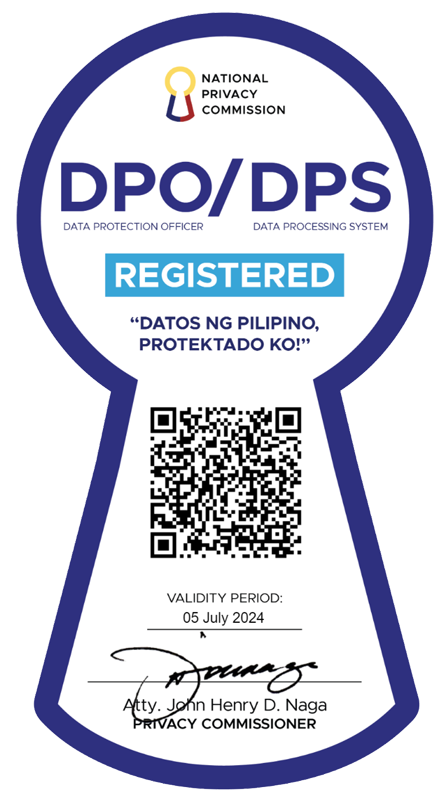Windows 8 to fully support USB 3.0
Microsoft is planning to fully integrate support for the speedier USB 3.0 standard into its upcoming flagship operating system Windows 8. Windows division president Steven Sinofsky noted USB 3.0, which can move data at up to 5 gigabytes a second, is 10 times faster than the present USB 2.0. "With throughput up to 10 times faster than USB 2.0 and improved power management that results in longer battery life, USB 3.0 introduces compelling reasons to improve the world’s most popular PC interface. By 2015, all new PCs are expected to offer USB 3.0 ports, and over 2 billion new 'SuperSpeed' USB devices will be sold in that year alone," he said in a blog post. He added that while the decision to "invest" in USB 3.0 was easy, the challenge was in not compromising the existing USB ecosystem. Sinofsky noted that although USB 3.0 hardware is emerging, there are also billions of older USB devices that Windows must remain compatible with. "Perhaps the most important aspect of USB 3.0 is the expectation that customers have of USB: it’s just USB3 so it should just work, right? Each and every USB device, low, full, high, and SuperSpeed, has to work in Windows 8. That's our focus while also delivering the most robust and reliable USB stack," he said. The first USB specification in 1996 defined two speeds for USB devices - the low-speed 1.5 mbps and full-speed 12 mbps. In 2000, USB 2.0 defined a higher speed at 480 mbps. "By actively participating in the USB standards organization, we helped create a specification that was both compelling and interoperable. Like other members of the USB Implementer’s Forum, we wanted to see a faster, more power-efficient version of USB, where, unlike USB 2.0, a single combination of hardware and software could work with all USB devices," he said. Data, power considerations Sinofsky noted USB 3.0 provided 80 percent more power than USB 2.0, meaning faster charging and removed the need for odd “Y" cables used by external DVD drives and other high-power devices. But with mobile computing, he said people want PCs that conserve battery life - an issue addressed by new low-power states, finishing tasks more quickly, and powering down at every opportunity for USB 3.0. "Most importantly, the specification promises to enable a new generation of USB while maintaining compatibility with full, low, and high speed devices. Even the plugs are backwards compatible," he said. Hardware industry partnership Sinofsky said Microsoft set to work on creating a new USB software stack by starting work early - with virtual devices. "As USB 3.0 development progressed, so did a sense of community. Software is only as successful as the hardware it enables. Together with our partners in the hardware industry, we were finding issues, developing solutions, and creating the foundation for a new USB ecosystem," he said. Custom tool Sinofsky said Microsoft is investing heavily in a custom tool, the Microsoft USB Test Tool (MUTT), to simulate a full range of device behaviors observed over the years. "Think of it as 1,000 devices on a USB thumb drive. Over time, we shared the MUTT with our hardware partners and they’ve used it to find and correct problems in their devices before releasing," he said. — TJD, GMA News





